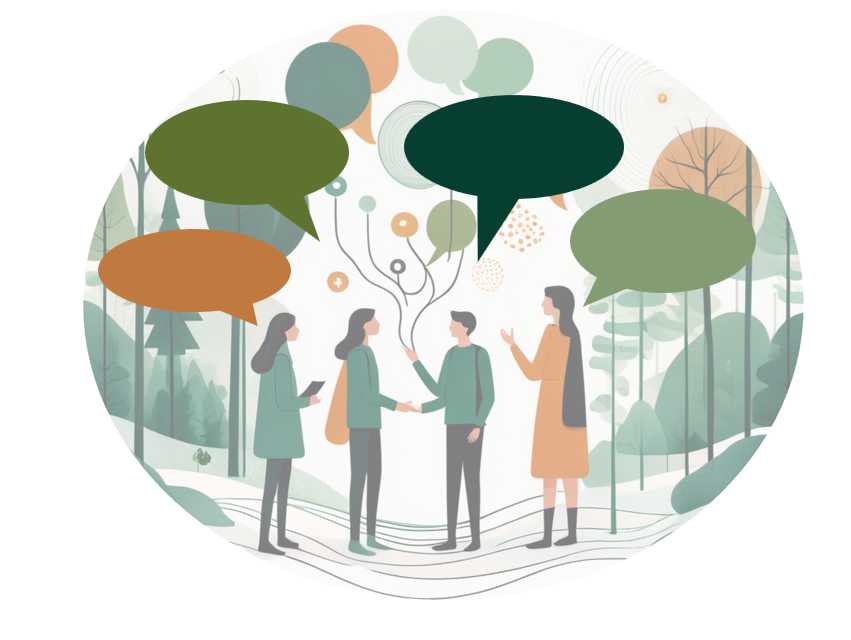On March 21st 2025, the spring solstice, SAMLA partners came together for it’s first gathering, a NetWorkshop on ”Researching and teaching Small Saami languages in three countries”. This NetWorkshop brought together researchers in four out of the six small Saami languages in SAMLA: Åarjelsaemiengïele/South Saami, Julevsámegiella/Lule Saami, Anarâškielâ/Inari Saami and Sää’mǩiõll/Skolt Saami. Partners present at this first gathering were Markus Juutinen (Giellagas Instituhtta, University of Oulu), Marja-Liisa Olthuis (Giellagas Instituhtta, University of Oulu), Michelle Francett-Hermes (Giellagas Instituhtta, University of Oulu), Miika Lehtinen (Giellagas Instituhtta, University of Oulu), Camilla Olafsson Boatas (Mid Sweden University), David Kroik (Nord University/Mid Sweden University), Inger Johansen (Nord University), Minerva Piha (Nord University), Bruce Morén-Duolljá (Nord University), Hanna Danbolt Ajer (Nord University) and network leader Ingvill B. Åberg (Nord University).
The main focus of this first gathering was to become familiar with the current situation of each language, sharing commonly recognized challenges such as lack of teachers and teaching materials as well institutional challenges, but placing particular focus on respective recent developments, good practices and plans for the future.
We begun the online gathering by getting to know oneanother and our areas of work in the small Saami languages in question, followed by presentations from each language group representative. It was clear that a multiplicity of challenged would be voiced and shared by different language groups. One common denominator is the difficulty of working on project-basis. Projects in language education and teacher education have, however, had significant and long lasting impacts. At the same time as new, impactful and innovative projects are developed, old practices such as having ”language-grandparents” visiting in kindergartens and classrooms continue to continue to be valuable and cherished. Long called for pan-Sápmi projects are also being initiated, such as the Oummu rââst raaj – People cross the borders (2024–2026). The aim of the project is to “strengthen the Skolt Saami language and culture environment and establish a a common language arena for Skolt Saami living in Norway and Finland.” (https://www.interregaurora.eu/approved-projects/oummu-raast-raaj-people-cross-the-borders/ ).
Participants also discussed future steps and how mutual support can begin to take shape with the help of SAMLA. Next, SAMLA is planning an international seminar where we welcome and bring together partners, teachers and teacher students to share on “International and comparative perspectives on Indigenous language learning”. Stay tuned for more information!
Uáinimáid! Vuõinnlõõttâp! Vuojnnalip ruvva! Rætnoe gaavnesjibie! See you soon!
On behalf of SAMLA,
Michelle Francett-Hermes
Doctoral candidate in Saami Culture at Giellagas Institute, University of Oulu
